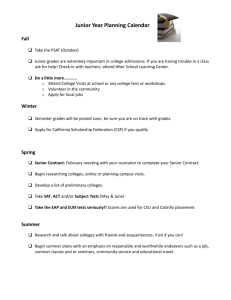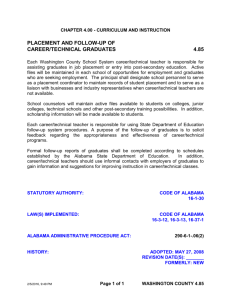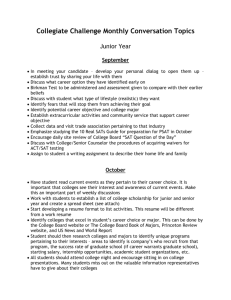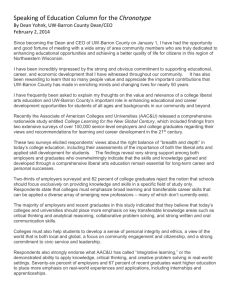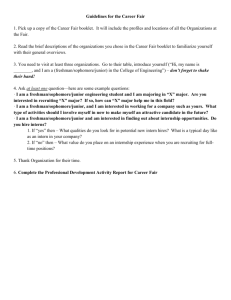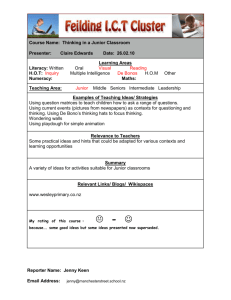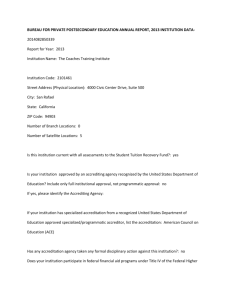US education
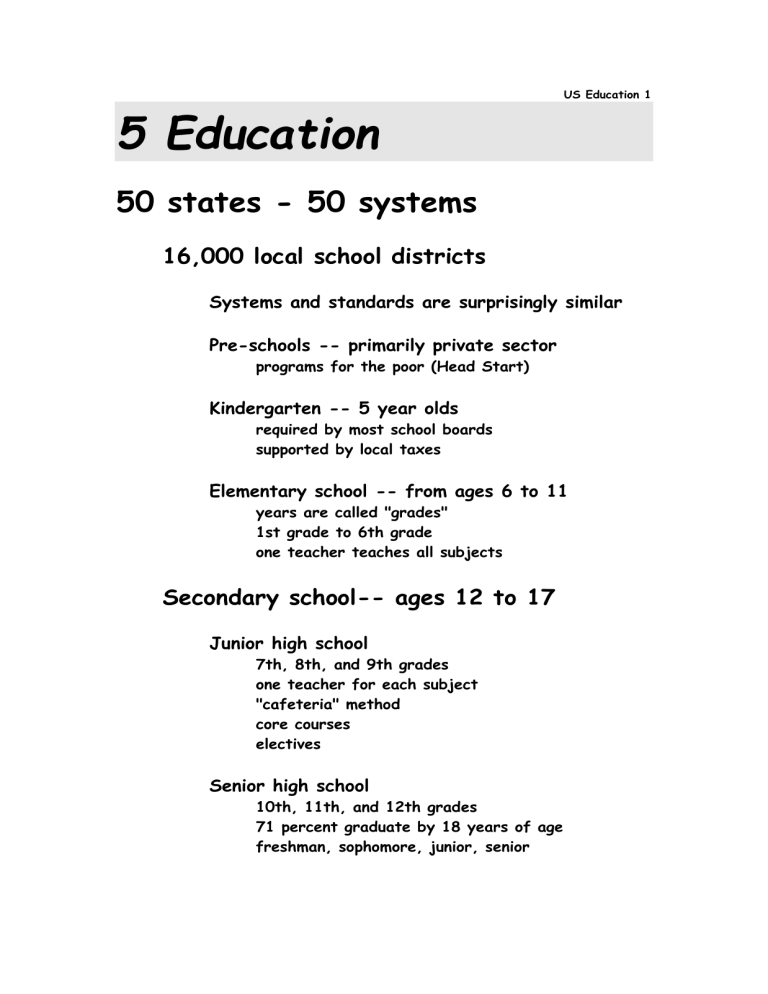
US Education 1
5 Education
50 states - 50 systems
16,000 local school districts
Systems and standards are surprisingly similar
Pre-schools -- primarily private sector programs for the poor (Head Start)
Kindergarten -- 5 year olds required by most school boards supported by local taxes
Elementary school -- from ages 6 to 11 years are called "grades"
1st grade to 6th grade one teacher teaches all subjects
Secondary school-- ages 12 to 17
Junior high school
7th, 8th, and 9th grades one teacher for each subject
"cafeteria" method core courses electives
Senior high school
10th, 11th, and 12th grades
71 percent graduate by 18 years of age freshman, sophomore, junior, senior
The high school experience
A common bond
A core of social life
Clubs, cars, and parties
Competition sports the Friday night football game prestige and money academics college-preparatory courses electives
GPAs -- Grade Point Average
A -- 4 points
B -- 3 points
C -- 2 points
D -- 1 point
F -- Fail national testing-- SATs & ACTs non-government, non-profit
SATs -- Scholaltic Aptitute Test multiple-choice math and verbal skills
1600 top score (800+800)
ACTs -- American College Testing tests skills in several subjects scholarships
Many sources-- private and state
Academic
Athletic
US Education 2
US Education 3
General facts and figures
Most states require high school until 16 years of age
Education is largest business in US
•$350bn annually
•Sources-- federal, state and local taxes, grants, private investment, religious organizations
•10% of school expenditures come from the federal government
•7% of GNP
•59m students
•7m teachers
Budgets, wages, and standards vary from state to state
Spending
Wages
Graduation rates
US Education 4
After graduation from high school
The Bachelor's degree
4 years
Freshman, Sophomore, Junior, Senior
A general education
"Majors"
Core courses
Credits
The campus student housing a society of students fraternities and sororities
Sports competition among schools scholarships source of revenues, source of pride
Junior Colleges or City Colleges-- 2 years less expensive, less competitive vocationally oriented -- job skills
2 year degree program -- AA/AS credits can be transferred to university
1,400 two-year colleges/2,100 four-year
US Education 5
Choosing a College
12m college students in the US
5m enrolled in two-year colleges
Cost is a key factor
Ranking
GPAs (percentage in top 25% of class)
SATs & ACTs
Faculty
Student-to-faculty ratio
Per-student budget
Resources
Graduate percentage
Prestige
The "Ivy League"
Harvard, Yale, Princeton, Columbia, Brown,
Dartmouth, Cornell, the University of Pennsylvania
Public or Private? private: $9000 a year public: $2000 a year
Alumni
Former students
Endowments and grants
Contributions
US Education 6
Graduate studies
The Master's Degree
The M.A.-- Master of Arts
The M.S. -- Master of Science
2-year degree program first real specialization usually continue directly after BA or BS
The M.B.A. -- Master's in Business and
Administration
1980: 55 thousand
1990: 67 thousand usually students with business or professional experience in addition to Bachelor's
"First professional degrees" medical schools, law schools, veterinary schools -- usually part of a university
M.D. -- Medical Doctor
The Doctorate Degree-- Ph.D. a minimum three-year program leads to a thesis most Ph.Ds awarded in education
D.B.A. -- Doctorate in Business and
Administration
General comments, names and figures
US Education 7
Education is worth the cost
•unemployment rate for college graduates is about one third of that of high school graduates
•high school graduates have half the unemployment rate of high school drop-outs
•average income for college graduates is
$10,000 more a year than for high school graduates
P.T.A. -- Parent-Teacher Association
15m members largest union in the U.S. is the National
Education Association -- 2m
At least 10% of Americans are
"functionally illiterate"
UN figures put US illiteracy at less than
1%


